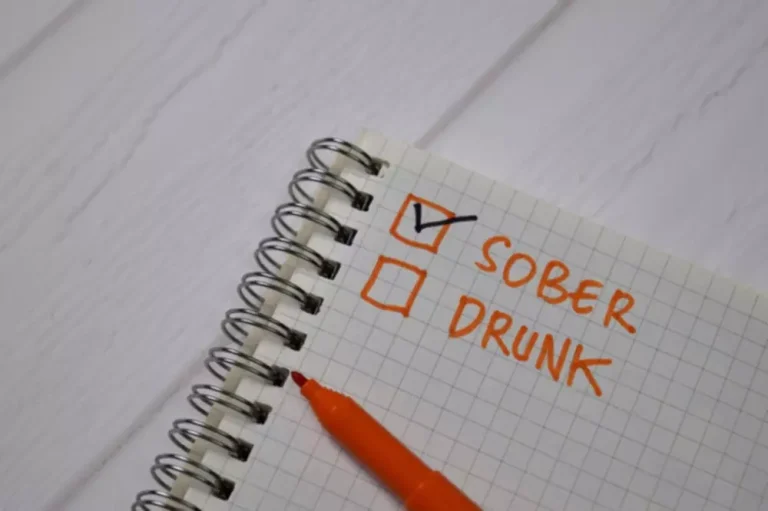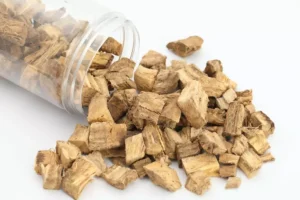
Lower severity of employment problems was reported by those who rated location as a reason for choosing their SLHs, possibly because they needed easy access to where they worked. In contrast, residents who scored high on employment severity indicated access to transportation and a third-party paying SLH fees as reasons for choosing SLHs. Residents endorsing these reasons may not be working and may need help to pay SLH costs.
Who Lives in Sober Living Homes?
Whether you’re transitioning from an inpatient program or seeking to strengthen your recovery process, sober living homes offer an invaluable stepping stone towards lasting sobriety. Living among peers who are also committed to a sober lifestyle offers a unique form of support and understanding. This sense of belonging can significantly reduce feelings of isolation and increase your motivation to maintain sobriety. Regular meetings and group therapy sessions within these communities further bolster your emotional and psychological resilience. Sober living homes act as a bridge between the highly structured environment of inpatient rehab facilities and the numerous challenges of returning to everyday life.

Sober Living Houses
- Thus, while there may be benefits to having more residents within SLHs, there are likely other challenges that could offset these benefits.
- First, we could not directly compare which type of SLH was most effective because there were demographic and other individual characteristics that differed between the two types of houses.
- “They didn’t want to put me in a halfway house. I knew I needed a half-way house.”
Selection of houses that include green outdoor areas can provide additional space for informal social interaction, recreation, flower and/or vegetable gardening and outdoor meals. Efficient operation of SLHs requires finding sites that contain sober living blog rooms large enough for the entire house to meet. Other site selection issues could include finding spatial designs where entrees are transparent so that visitors, potential contraband, and compliance with curfews can be monitored.
- Relative to the other housing programs, this model was inexpensive and the houses were conveniently located near the outpatient facility.
- All addresses were successfully geocoded, with at least 98% of sober living houses, alcohol outlets, treatment programs and self-help groups matched to the precise street address location.
- Residents endorsing these reasons may not be working and may need help to pay SLH costs.
- Although self selection can be viewed as a weakness of the research designs, it can also be conceived as a strength, especially for studying residential recovery programs.
- To progress to Phase II, a resident must have been in Phase I a minimum of thirty days and have not been reprimanded for any violation of house rules for thirty days.
Family and Children’s Programs

Those who live in these houses rent rooms indefinitely and live a life in accordance with their responsibilities, like work and school. Regarding alcohol outlet density, distance to treatment facilities, and accessibility, differences were largely between the largest-sized houses (those serving 13 or more residents) and the smaller houses. The largest-sized SLHs had a greater density of off-premise alcohol outlets within a half-mile compared to SLHs that served 8-12 residents (4.4 vs 3.2), as well as a greater density of these outlets within a mile than both groups of smaller-sized houses. Historically, the substance use treatment system has been organized to address SUDs within an acute episode framework.
Recovery in context: Sober living houses and the ecology of recovery
This finding supports epidemiological findings that housing instability and homelessness were related to mental health problems (Padgett, 2020). Table 1 provides data for our first aim, exploring why SLH residents chose SLHs (See Supplemental Table 1 for sociodemographic categories). The next most frequently stated reason was wanting to live with others in recovery (63.2 %), followed by location https://ecosoberhouse.com/ (62.8 %) and not having any other option (61.9 %). Ratings for other factors were access to transportation (57.6 %) and appearance of house (53.2 %), The least endorsed reasons for choosing SLHs were SLH amenities (42.4 %) and someone else or a program paying the fees (30.7 %). When embarking on the journey of sobriety, the importance of a supportive community cannot be overstated.

An Artist And A Scientist Take On The Stigma Of Addiction

Sober living homes may or may not be accredited or licensed through a state, local, or national agency. The National Alliance for Recovery Residences (NARR) sets national standards that affiliate agencies can use to certify recovery residences and that individuals can use to find a sober living home with a high standard of care. Embracing these benefits, you’ll find that sober living homes offer much more than just a place to stay. They furnish you with the tools, support, and structure needed to build a solid foundation for your recovery journey. The supportive environment and continuous access to recovery resources significantly lower the risk of relapse. Regular drug testing and the community’s encouragement provide extra layers of accountability, further protecting your sobriety.

